OUR SERVICES
Our goal is to provide you with the most modern, specialized dental care in a thoroughly professional and comfortable atmosphere.
X-Rays/3D Imaging
We request that your dentist’s office send current radiographs (‘x-rays’) prior to your appointment. When you arrive, we may take additional images to help diagnosis and treat your tooth. This includes both digital ‘x-rays’, similar to those you may have had at your dentist’s office, and 3-D imaging.
Three dimensional imaging, or cone beam computed tomography (CBCT), enhances our ability to diagnose and treat your tooth. The 3-D reconstruction allows us to comprehensively visualize the complex anatomy of your tooth. Imaging will be recommended based on your individualized treatment plan.
Root Canal Therapy
It’s necessary to have endodontic or root canal treatment when the inside of your tooth (the pulp) becomes inflamed or infected as a result of deep decay, repeated dental procedures, faulty crowns or a crack or chip in the tooth. Trauma to your tooth may also cause pulp damage even if the tooth has no visible chips or cracks. If pulp inflammation or infection is left untreated, it can cause pain or lead to an abscess.
When you undergo a root canal with Dr. Clark and Dr. Fante, the inflamed or infected pulp is removed and the inside of the tooth is carefully cleaned and disinfected, then filled and sealed with a rubber-like material called gutta-percha. Afterwards, the tooth is restored with a crown or filling for protection and will continue to function like any other tooth.
Endodontic treatment helps you maintain your natural smile, continue eating the foods you love and limits the need for ongoing dental work. With proper care, most teeth that have had root canal treatment can last a lifetime.
Learn more about root canal therapy with pictures and step-by-step guides here.
Retreatment
During a retreatment of a root canal, Dr. Clark and Dr. Fante will reopen your tooth to gain access to the root canal filling material. In many cases, complex restorative materials—crown, post and core material—must be disassembled and removed to permit access to the root canals.
After removing the canal filling, we can clean the canals and carefully examine the inside of your tooth using magnification and illumination, searching for any additional canals or unusual anatomy that requires treatment.
After cleaning the canals, Dr. Clark and Dr. Fante will fill and seal the canals and place either a temporary or permanent filling in the tooth, depending on the situation. If the canals are unusually narrow or blocked, endodontic surgery may be recommended. This surgery involves making an incision to allow the other end of the root to be sealed.
After retreatment is completed, you will need to return to your dentist as soon as possible to have a new crown or other restoration placed on the tooth to protect and restore it to its full function.
Learn more about retreatment with pictures and step-by-step guides here.
SURGICAL ROOT CANAL/APICOECTOMY
It’s possible that a nonsurgical root canal procedure won’t be enough to save your tooth and that Dr. Clark and Dr. Fante will recommend surgery.
There’s no need to worry about this surgery because of advanced technologies like digital imaging and operating microscopes allow these procedures to be performed quickly, comfortably and successfully.
The most common root canal surgery is called an apicoectomy, or root-end resection, which may be needed when inflammation or infection persists in the bony area around the end of your tooth after a root canal procedure.
Dr. Clark and Dr. Fante perform this routine micro surgical procedure by first making you comfortable by applying profound local anesthesia. The gum tissue near the tooth is opened to visualized the underlying bone and to remove any inflamed or infected tissue. The very end of the root is removed and a small filling may be placed to seal the end of the root canal. A few stitches or sutures are placed around the tooth to help the tissue heal. In the next few months, the bone will heal around the end of the root. Most patients return to their normal activities the next day. Post-surgical discomfort is generally mild.
Learn more about surgical root canals/apicoectomies with pictures and step-by-step guides here.
